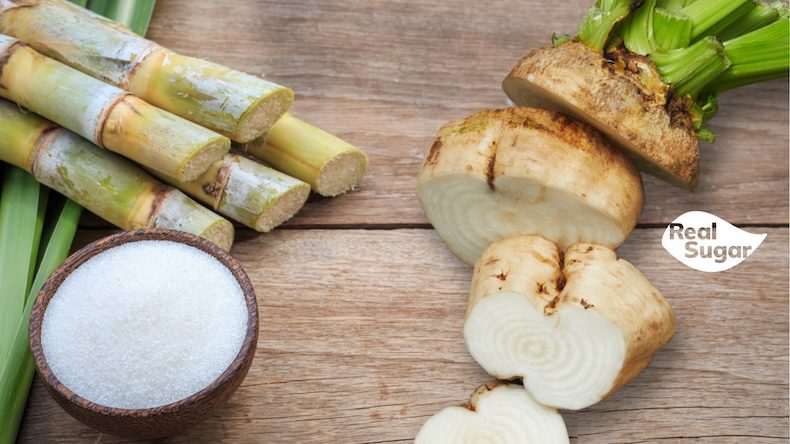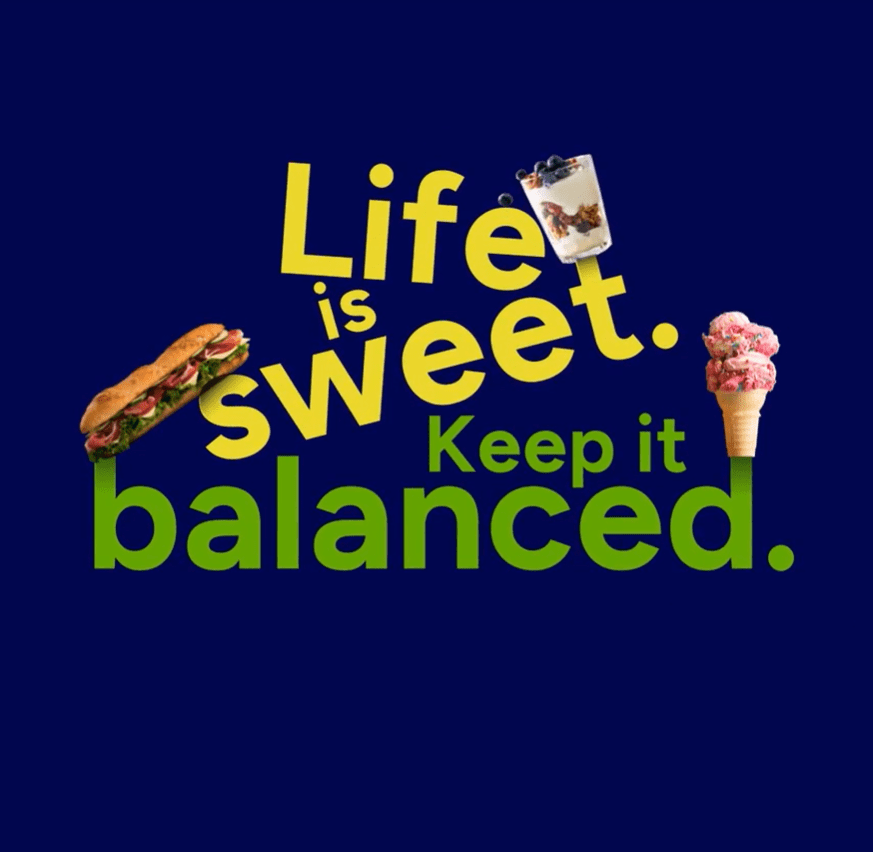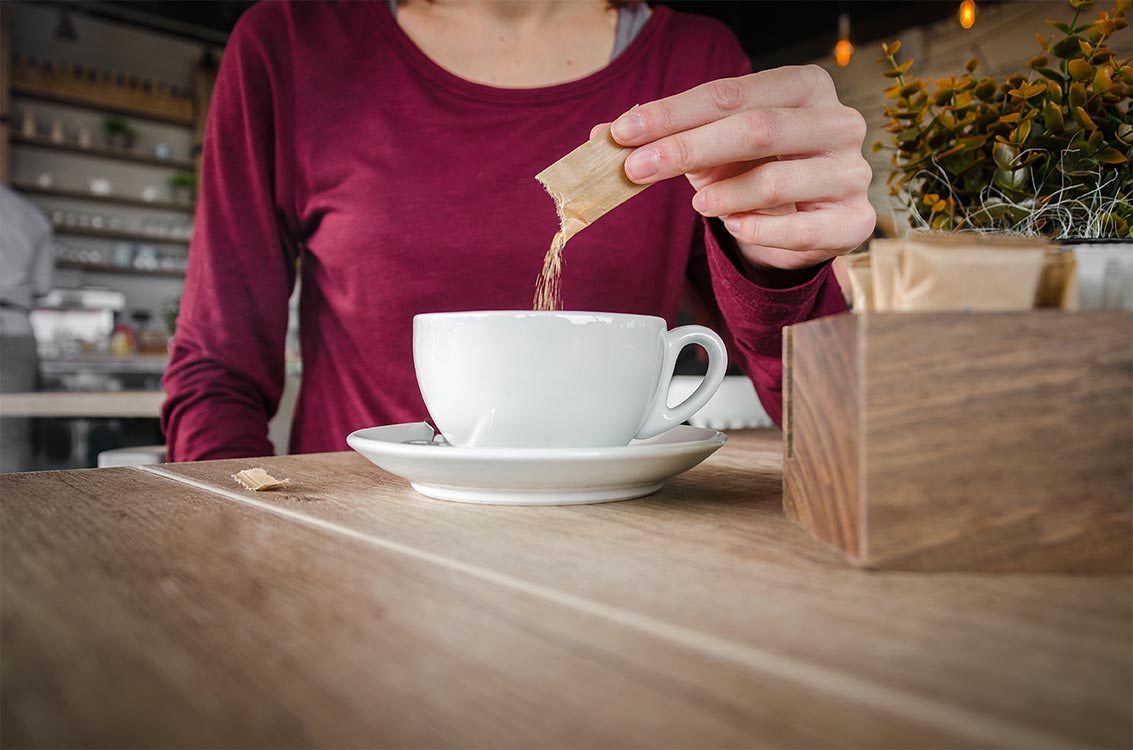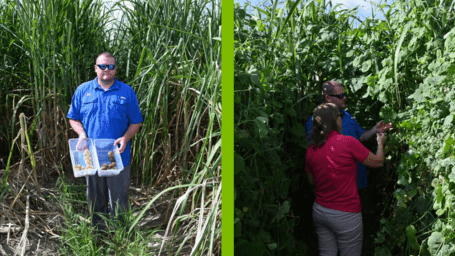The world is filled with various types of sugar that range in color and size, and it’s not always easy to tell what makes them different. Based on the size of the crystal and the amount of molasses, each type of sugar has specific uses for which it is best suited. Granulated, brown or liquid, all these sugars come from sugar beet or cane plants that farmers grow in fields. Below is a sample of some of the more unique sugars you may not have heard of. For a full list, visit our Types of Sugar page.

Fruit sugar
Fruit sugar is used in dry mixes such as gelatin desserts, pudding mixes and drink mixes. Because of its slightly finer and more consistent crystal size compared to regular sugar, the crystals don’t settle to the bottom of the box.

Superfine sugar
The finest of all granulated sugars, superfine sugar is used in delicate desserts such as mousses or meringues. Sugar strengthens the foam that forms from beaten egg whites and prevents meringues from collapsing. It can also be used to sweeten iced drinks because it dissolves easily.

Sanding sugar
Sanding sugar can have large or small crystals—both types reflect light and give the product a sparkling appearance. It’s most often seen as sprinkles atop baked goods.

Turbinado sugar
This is a partially processed sugar, where only the surface molasses has been washed off. It has a blond color and mild brown sugar flavor, and it is often used in tea and other beverages. Turbinado is the sugar in “raw sugar” packets, but it’s not “unprocessed,” as the name may suggest.

Muscovado or Barbados sugar
A British specialty brown sugar, muscovado sugar is very dark brown and has a strong molasses flavor. Its crystals are slightly coarser and stickier in texture than light or dark brown sugar.









Get Social with #MoreToSugar